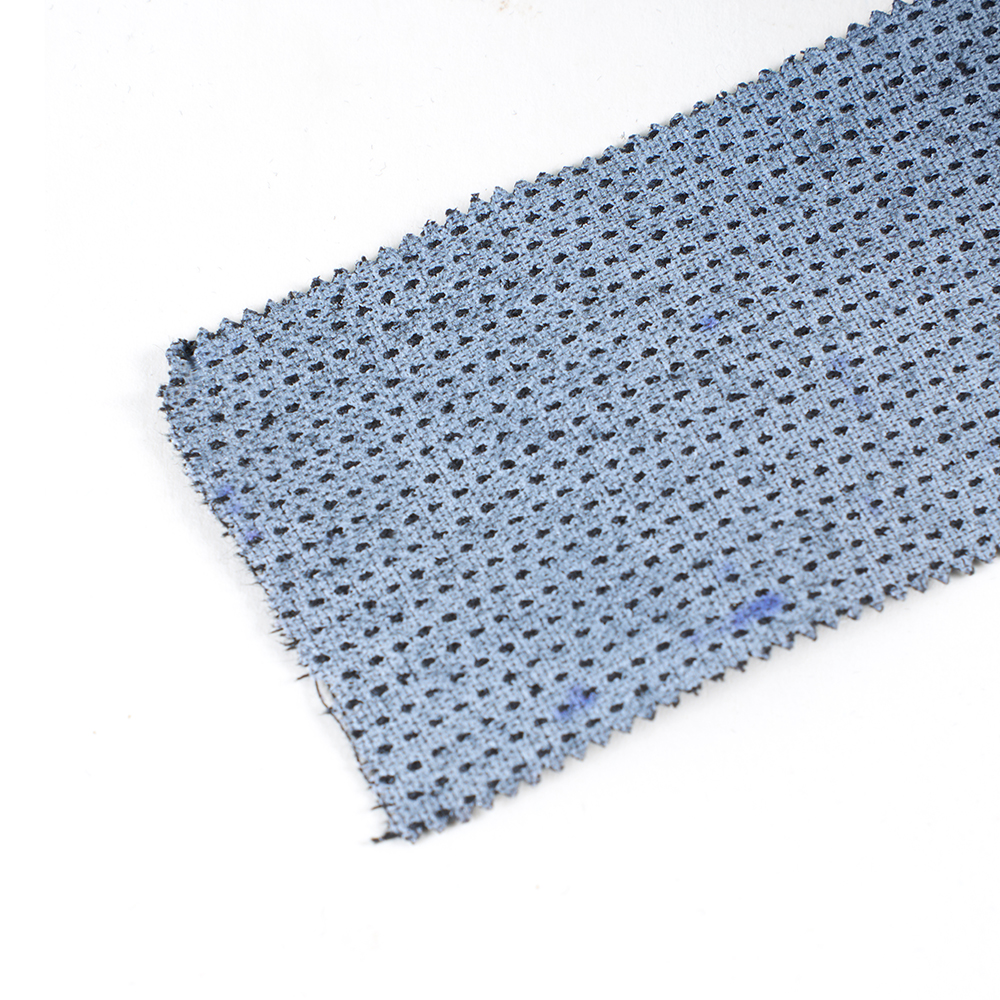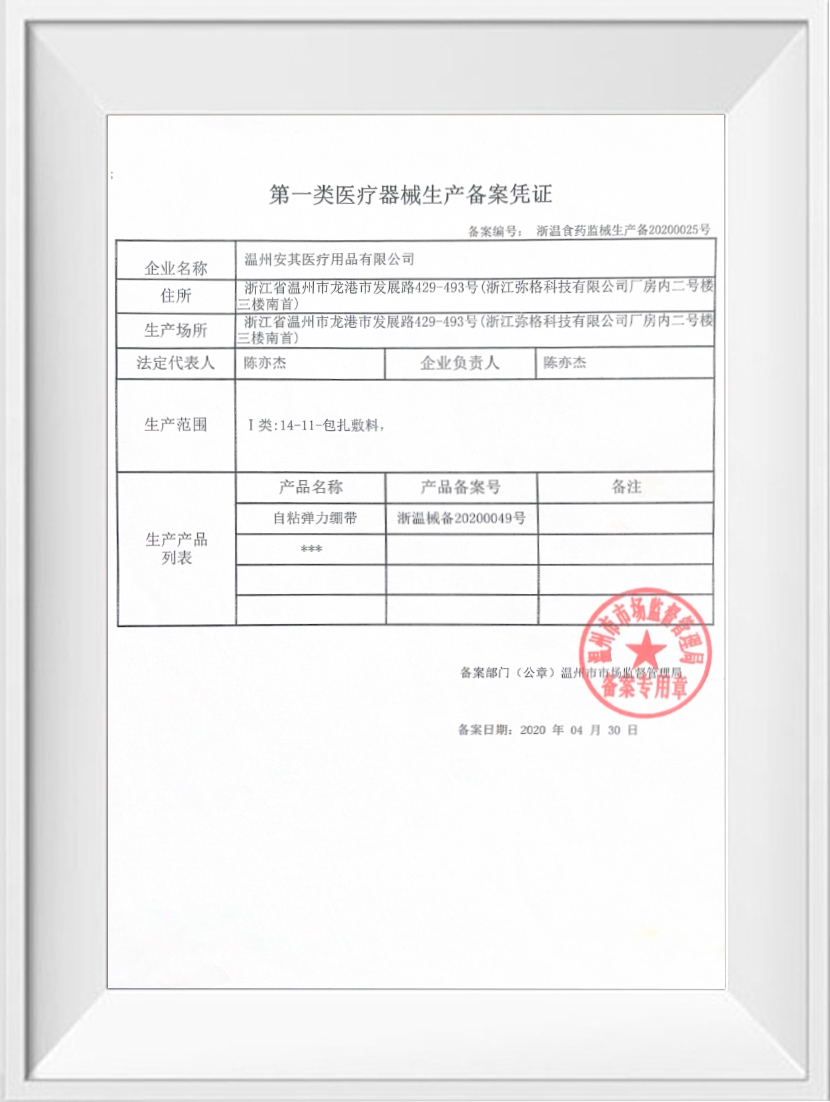Web Menu
Product Search
Exit Menu
We provide quality products and services to customers from all over the world.
Can Self Adhering Foam Sports Athletic Wrap Be Used in All Weather Conditions?
The answer is not entirely straightforward. While Self Adhering Foam Sports Athletic Wrap does perform well in many environments, its effectiveness can vary based on weather conditions, application technique, and usage duration. In this article, we will explore the characteristics of this wrap and assess how it performs in hot, cold, humid, or wet conditions, using a practical and realistic lens.

Self Adhering Foam Sports Athletic Wrap is made from a lightweight, porous foam material that sticks to itself without the need for adhesives, clips, or fasteners. This self-adhering property makes it ideal for quick applications and frequent changes, particularly in fast-paced sports settings. It conforms easily to body contours and offers gentle compression without cutting off circulation.
Because it does not contain glue or latex adhesives, Self Adhering Foam Sports Athletic Wrap is often well tolerated by individuals with sensitive skin. Its non-slip quality also makes it suitable as an underlayer for other sports tapes, ensuring better comfort and wearability.
In warm or hot climates, athletes often face increased perspiration, which can affect how well support materials stay in place. Fortunately, Self Adhering Foam Sports Athletic Wrap holds up reasonably well in high temperatures, particularly when applied properly on dry skin or over garments and padding.
The foam structure allows for some breathability, which helps reduce moisture buildup beneath the wrap. However, excessive sweating may still cause slippage over time, especially during prolonged or high-intensity activity. It is recommended to reapply the wrap if it begins to lose grip, or to use it as a base layer with a more adhesive outer wrap in such cases.
That said, Self Adhering Foam Sports Athletic Wrap remains popular in hot climates due to its comfort and ease of removal. Its ability to provide temporary compression or secure protective gear without irritating adhesives makes it a practical choice on the sidelines of summer training camps and games.
Cold environments tend to present fewer challenges for Self Adhering Foam Sports Athletic Wrap, as moisture from sweat is less of a factor. The foam retains its flexibility even in lower temperatures, maintaining the ability to wrap tightly without becoming stiff or brittle.
Athletes often use Self Adhering Foam Sports Athletic Wrap in cold-weather sports such as skiing, ice hockey, or winter running. It can be applied directly over thermal layers or worn under clothing to secure pads, hot packs, or joint supports. Because it does not rely on skin adhesion, it can function well over gear or clothing.
In cold conditions, users should monitor whether the wrap becomes overly compressed, as foam density can increase slightly in frigid air. However, this effect is typically minor and does not impair the overall functionality of the product.
Humidity and rain pose a more significant challenge to wrapping and taping products. Since Self Adhering Foam Sports Athletic Wrap is porous, it can absorb moisture, which may reduce its self-sticking ability temporarily.
In light rain or humid environments, Self Adhering Foam Sports Athletic Wrap generally continues to function as expected, particularly if applied over dry garments or padding. However, when exposed to heavy rain or submersion, the foam can become saturated, reduced cohesion. For activities such as water polo, swimming, or extended outdoor events in the rain, this wrap may not provide long-term hold unless it is paired with waterproof outer layers.
Athletic trainers sometimes address this by using Self Adhering Foam Sports Athletic Wrap as a base layer, then securing it with a waterproof bandage or elastic adhesive tape to ensure it stays in place. This layered approach helps maintain the foam's comfort benefits while improving resistance to wet conditions.
Keep In Touch
No.455 New Town Development Road,Longgang City, Wenzhou City
Copyright © Wenzhou Anqi Medical Supplies Co., Ltd. All Rights Reserved.
Approval No: Zhejiang Wenzhou Food and Drug Administration Machinery Production Filing No. 20200025
The information provided on this website is intended for use only in countries and jurisdictions outside of the People's Republic of China.

 English
English русский
русский 中文简体
中文简体 Español
Español Deutsch
Deutsch عربى
عربى

